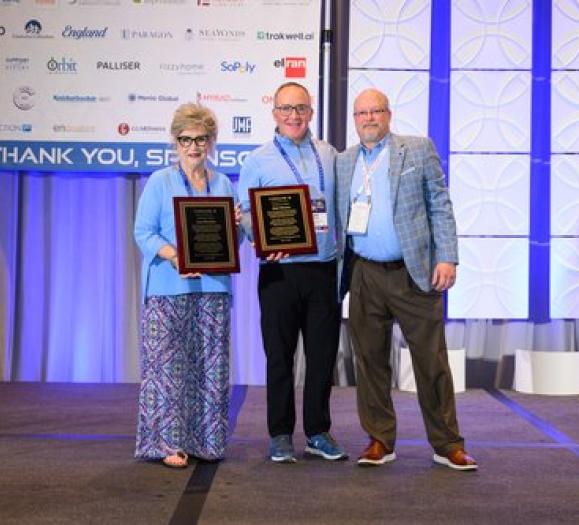Customer convenience is one major perk of e-commerce. With a few clicks and some payment information, consumers can get almost anything delivered straight to their door in a matter of days. And they often want the same convenience that brought the product to their home to be available if they need to make a return. But the consequences associated with returning lighting fixtures and home furnishings are often greater and more complicated than simply sending back a pair of shoes.
“We deal with a lot of lighting, and scale and functionality are issues that people need help with,” says Donna Johnson, General Manager of Filament Home, located in Brookfield, WI. “And oftentimes when people are using e-commerce sites, it’s at night after work and they’re curled up on the couch and shopping, and maybe even having a glass of wine. They don’t always make the smartest choices.”
One way to minimize returns is by ensuring the customer is ordering the correct product from the beginning, which can be difficult if they are not in a store with experts at the ready.
“We were concerned about enabling e-commerce because we didn’t want to get a ton of returns all of a sudden,” said Erica Gallagher, Chief Technology Officer and Chief Marketing Officer for Paramont EO in Woodridge, IL. “That would take away any potential upside of selling online if we’re dealing with returns all day long. That’s why we entered very cautiously with a faux e-commerce approach to implementation where we don’t actually execute the order until we’ve confirmed it with the client. That allows us to prevent people getting a 16-inch fixture for a space where they needed a 40-inch one.”
Replicating the Showroom Experience
Amy Fimbianti, Division Manager of Crest Lighting, a division of Paramont EO, reviews every purchase made through the website after it is submitted. She first verifies that the items are in stock, either at the showroom or from the manufacturer. Then she contacts the customer to learn more about how the item will suit their needs.
Crest Lighting’s website asks customers how they would like to be contacted, and Fimbianti says a lot of people choose email, which can prolong this process. But no matter the method of communication, the content of the conversation is the same.
“I start talking to them a little bit about where they’re putting it, kind of the same process we would talk to our customers about if they were sitting here face to face,” she says. “’Where are you putting this? Is it a good scale? Do you have the right style for the application? … How high are the ceilings? Are you going to get enough overall wattage?’ I just review the questions as if they were sitting in front of me.”
Crest Lighting’s method isn’t foolproof, though. Fimbianti recounted a story from a customer in New York who purchased an exterior lighting fixture online. She spoke with the customer to verify that the fixture’s dimensions would work in the outdoor space. When the fixture arrived, it was the wrong size. Even after asking all the right questions, she says, things can still go wrong.
“But as a whole, we’ve done really, really well,” Fimbianti adds. “I’ve had a couple that weren’t exactly what the customer thought they would be, either finish-wise or something else, but as a whole, we’ve really not had much in the way of returns.”
At Filament Home, which has yet to implement this type of review process, Johnson would like customers to contact the showroom with questions before making a purchase.
“I wish people would give us an opportunity either via email or just on the phone to walk through their space and how they use it,“ she says. “Maybe I should be making our site so that it encourages those people to call. Maybe they get a slight discount if they call with two or three questions first so we can guide them to the right product.”
No matter the method, lighting and home furnishings retailers implementing an e-commerce service should consider ways in which to minimize returns and their associated costs, environmental impacts and often complicated logistics.
“It’s really important to not forget the returns thing,” Gallagher said. “None of us is Amazon, which can just take returns all day long.”







